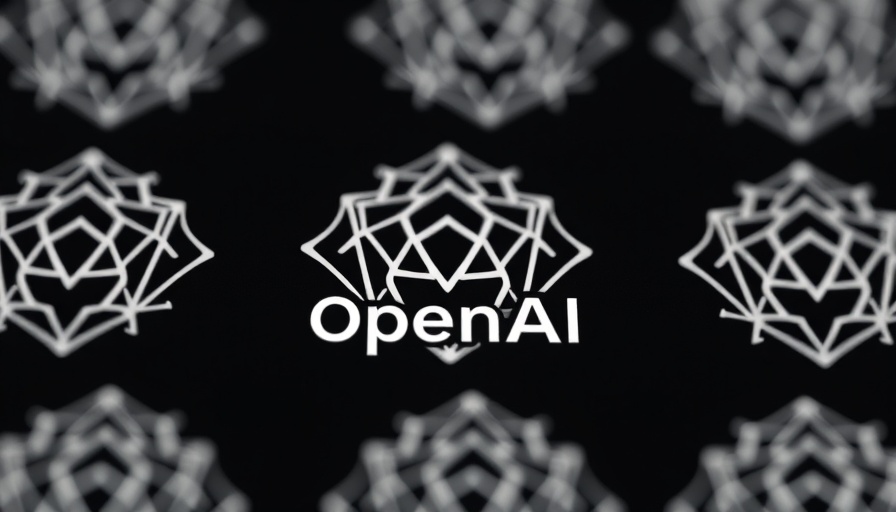
OpenAI's Latest Models: A Leap Into Intelligent Communication
OpenAI is changing the game with its newly upgraded transcription and voice-generating AI models, set to revolutionize user interaction in the tech landscape. This latest step aligns with OpenAI's broader “agentic” vision, which aims to automate and enhance user experience through intelligent systems. The intention is to help businesses serve customers better by creating chatbots capable of nuanced conversations.
Creating Connections with Emotional Speech
The new text-to-speech model, named gpt-4o-mini-tts, boasts advancements that allow for character-driven speech synthesis. Developers can now instruct the AI to emulate different tones and emotions, delivering contextually appropriate speech that aligns with various user needs. For example, whether conveying urgency or calmness, gpt-4o-mini-tts adapts to the conversational demands, rendering a more engaging and emotionally resonant user experience.
Improving Accuracy with New Transcription Models
OpenAI's accompanying speech-to-text models, gpt-4o-transcribe and gpt-4o-mini-transcribe, are designed to tackle common challenges found in previous systems like Whisper. These models promise a significant reduction in transcription errors by relying on high-quality audio datasets. Unlike Whisper, which struggled with hallucinations and inaccuracies, the new models offer reliability, achieving precise words without fabricating unverified content.
Access and Availability: A Shift in Tradition
In a notable departure from their traditional practices, OpenAI will not be publicly releasing these new transcription models under an open license, which has been common with its previous iterations. Instead, gpt-4o will be accessible only through their API, aiming to control and verify the usage within satisfactory boundaries. This shift raises questions about accessibility for developers who have previously relied on freely available tools.
Localization Issues: Performance Across Languages
While performance improvements are evident, OpenAI acknowledges limitations especially in languages such as Tamil and Telugu, which demonstrated error rates of about 30%. The AI's performance is influenced significantly by the diversity of accents and dialects, underscoring the importance of ongoing training on varied datasets. OpenAI aims to address these disparities through refined model training, ensuring equitable functionality across numerous languages.
Industry Implications and Future Predictions
The advancements by OpenAI in transcription and voice synthesis have broader implications for industries relying on customer interaction and engagement. As businesses increasingly turn to AI-driven solutions, incorporating emotion and context into dialogues can enhance user satisfaction and accessibility. We can expect to see a rise in agentic AI implementations, where intelligent systems take on more responsibilities, enriching customer experiences vastly and reshaping market dynamics.
Concluding Thoughts: The Value of Emotional AI
As OpenAI continues its journey of refining intelligent models, the balance between usability and accuracy becomes crucial. By pushing the boundaries of what AI can achieve, we find ourselves on the brink of a new era in technology where voice and text communications are not just practical but also emotional and human-like. For AI enthusiasts, this resonates deeply, urging them to stay tuned to developments that promise to reshape our interactions in the digital realm.
To stay updated on the latest in AI advancements and their implications, be proactive in exploring these new tools and engage with the technology actively to understand its potential for transformation. Embrace the future of AI today!
 Add Row
Add Row  Add
Add 




 Add Row
Add Row  Add
Add 

Write A Comment